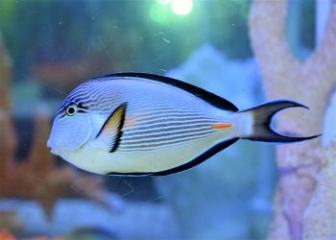Neon Tetra Fish - Learn about appearance, habits & care
Blog | by
Neon Tetra (Blue Neon Fish, Common Neon), is a small, easy-to-raise, friendly, schooling aquarium fish with a body with prominent metallic blue and bright red stripes.
Neon Tetra fish , also known as Blue Neon fish, Common Neon, is a small freshwater ornamental fish, very popular in aquariums because it is very friendly, easy to raise and has a striking appearance with two long metallic blue and bright red stripes.
If you want to learn more about the origin, appearance, habits and how to raise green Neon fish in detail, please refer to the article below by Nice Fish !
Information about Neon Tetra fish:
| Scientific name | Paracheirodon innesi |
| Common name | Blue Neon Fish, Common Neon Fish |
| Gender | Animalia - Animals |
| Branch | Chordata - Phylum Chordates |
| Class | Actinopterygii - Ray-finned fishes |
| Set | Characiformes - Grease carp |
| Surname | Characidae |
| Spend | Paracheirodon |
| Species | P. innesi |
| Lifespan | 3 - 4 years |
Origin of Neon Tetra fish

Neon Tetra fish is also known as Green Neon, Common Neon.
Neon Tetra fish has the scientific name Paracheirodon innesi, commonly known as Green Neon, Common Neon. This is a freshwater fish originating from tropical South America, especially in the Amazon River, Putumayo River,...
The green neon was first scientifically described in 1936 by zoologist GSMyers. The name "innesi" is derived from William T. Innes, who helped popularize the species in the aquarium industry.
Nowadays, thanks to its beautiful, impressive appearance and ease of raising, Neon tetra fish are loved by many aquarium hobbyists.
Neon Tetra Fish Appearance
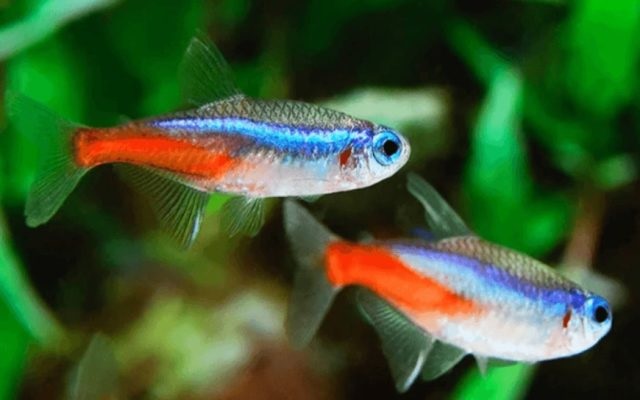
Close-up of the appearance of a normal Neon fish.
Neon Tetra is a small aquarium fish with outstanding colors, very easy to recognize in aquariums. Let's learn more about the physical characteristics of this fish!
- Size : Small, only 2.5 - 4 cm in adult fish.
- Body : Slender, long, flattened on both sides.
- Color : Has a metallic blue stripe running along the body, below there is a bright red streak running from the middle of the body to the tail creating a beautiful contrasting color. The belly is silvery white or slightly transparent. The color reflects light making them look like they glow slightly under the light.
- Eyes : Larger than body, looks very sparkling.
- Fins : The fins are very small, thin and almost transparent in color.
- Female Blue Neon Fish : Slightly round belly, slightly smaller blue stripe on body.
- Male Neon Tetra : Slimmer body, straighter blue stripe than female.
Neon Tetra fish behavior
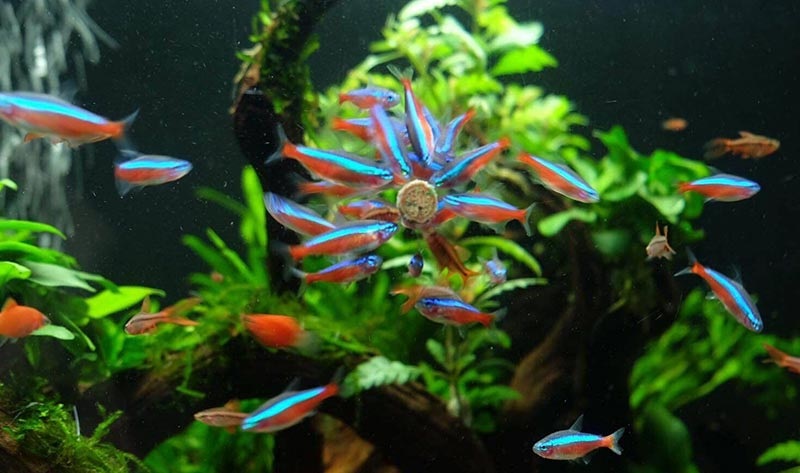
Neon fish have a gregarious nature.
Neon Tetra is a species of aquarium fish that is loved by many aquarium hobbyists because of its interesting habits. Let's learn about some typical habits of this fish species.
Live in a pack
The most typical behavior of the Blue Neon Tetra fish is to live in schools. They always swim in groups of 6 or more, because this will help this fish feel safe and can show off its brilliant colors. Therefore, you should not raise fish alone but in groups to avoid fish from being stressed, pale and easily dying.
Friendly, sociable with other fish species
Neon Tetra is a very gentle fish, it never has an aggressive attitude or bites other fish so it is suitable to live with many fish species in the aquarium such as Molly fish, Guppy fish, Angel fish,...
Like to swim in the middle of the pool
Neon tetras usually prefer to swim in the middle of the tank, occasionally they will swim up to the surface of the water but will never swim to the bottom of the tank.
Active during the day, rest at night
Neon Tetra is only active during the day, when there is light, but at night this fish species limits its movement, often looking for a safe place to rest.
Rarely breeds in regular tanks
Neon Tetra fish only breed in captivity and rarely breed in regular tanks, so breeding this fish in an aquarium is almost impossible.
Guide to raising Neon Tetra fish from A to Z
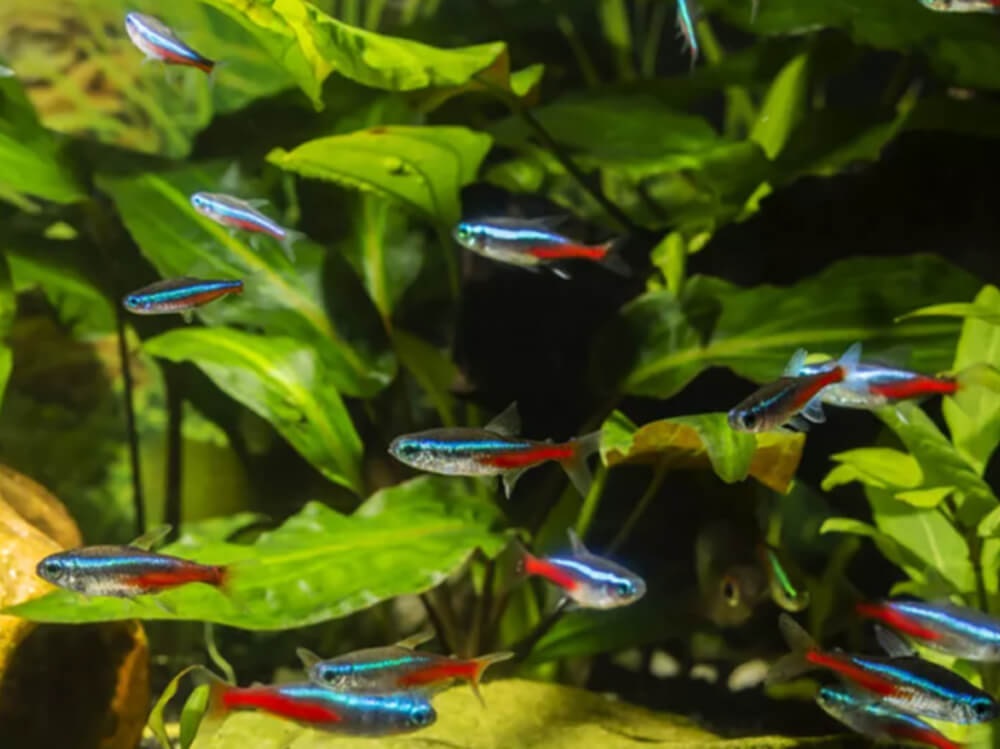
Blue Neon Tetra can be kept with many other aquarium fish species.
Right below, we will guide you on how to raise Neon Tetra fish in the most detailed way for beginners or those who want to raise this fish to live a long time and have beautiful colors. Let's find out now!
Preparing the Neon Aquarium
Neon fish are often chosen to be kept together in aquariums, rarely kept alone. However, when designing a tank to keep this fish, please note the following:
- Size : At least 30 - 40 liters for a school of Neon fish, usually 6 - 10 fish, and 60 liters or more if you want to raise more.
- Water filtration system : Hanging filter or external filter to limit excessive flow.
- Aquarium LED lights : Lighting 6 - 8 hours a day helps fish have beautiful colors.
- Aquarium decoration : Plant some soft aquatic plants such as la han, java moss, add shelters such as caves, small driftwood and make the background dark to help the fish stand out more.
Ideal water parameters for keeping Neon Tetra
Neon fish are quite sensitive to the water environment, so to help the fish stay healthy and have the most vibrant colors, you need to meet the following basic water parameters:
- Temperature : 22 - 26 degrees Celsius.
- pH : 6.0 - 7.0
- Hardness : 1 - 10 dGH.
- NO2/NO3/Ammonia : It is best to maintain at 0 ppm.
- Change water : Change 20 - 30% of the water in the tank every week, use only dechlorinated water.
What do Neon Tetra fish eat?
Neon Tetra is a fish that is not too picky about food, they can eat the following types:
- Small grain food for ornamental fish such as NLS, Tetra,..
- Bloodworms, daphnia, artemia if you want beautiful colors.
- Feed 1 - 2 times/day with moderate amount of food.
Common Diseases in Neon Tetra Fish and How to Prevent Them
Like many other ornamental fish, Neon Blue fish are also susceptible to diseases such as fungus, parasites, stress, etc. if not properly cared for. Below are some common diseases in this fish species and how to treat them. Please join us to learn more!
| Disease name | Token | How to handle |
| Neon Tetra Disease | Fish lost color, showed signs of swimming backwards and convulsions. | This is a genetic disease with no cure, only isolation of sick fish. |
| Fungi, parasites | Fish has white spots and torn fins |
Use diluted saline solution. Increase the temperature to 30 degrees Celsius for a few days to kill parasites. |
| Stress | Abnormal swimming, discoloration | Check water quality again, keep water environment stable. |
How much is a Neon Tetra fish?
Currently in the Vietnamese ornamental fish market, the price of Neon Tetra fish is relatively cheap, only fluctuating at 6,000 - 10,000 VND/fish. Prices may vary depending on time, store or area, so you need to contact the nearest ornamental fish store to know the exact price.
FAQ about Neon Tetra
Do Neon Tetra fish need oxygen?
Neon Tetra is an easy-to-raise ornamental fish, they do not require too much oxygenation, if you only raise a few in a small aquarium, you may not need to provide oxygen. But if you raise many fish, you should provide oxygen for them to grow best.
How many Neon fish should I keep?
This fish species has the habit of living in schools, so you should raise 6 - 10 green Neon fish at a time.
Besides Neon Tetra, are there any other types of Neon fish?
Yes, for example Diamond Neon fish, King Neon,...
What is wrong with Neon Tetra fish swimming with their heads down?
It is likely that it has bow-head disease, a common disease in aquarium fish, caused by problems with the fish's air bladder, parasites or bacteria.
Beautiful Neon Tetra Fish Pictures
Let's admire the beautiful moments of the green Neon fish with sparkling green and red stripes in the aquarium!
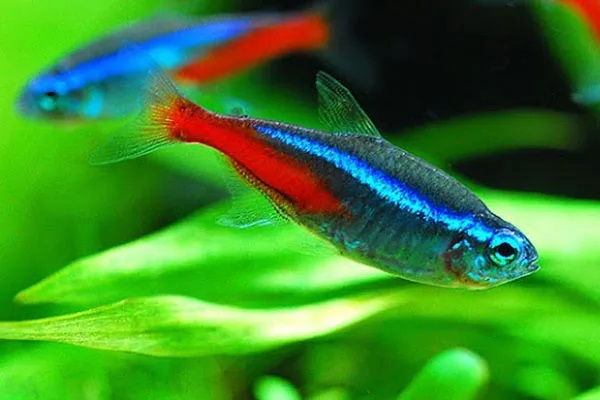
The striking appearance of a Neon Blue fish.
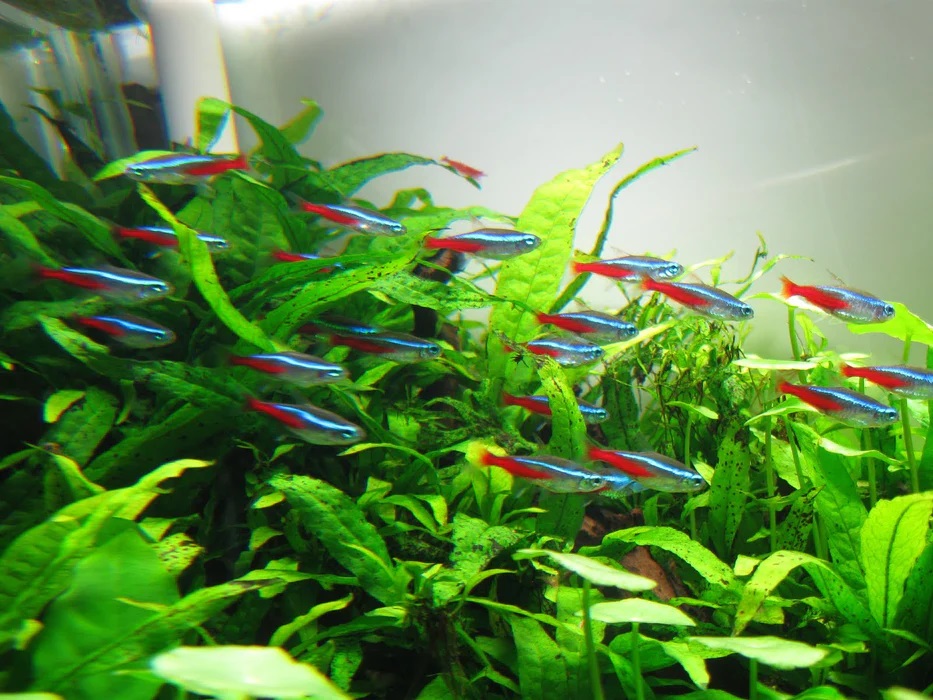
A large school of Neon tetra fish.

A school of neon blue fish stands out in the aquarium.
The article on nicefish.net has shared detailed information about Neon Tetra fish , this is a small, easy-to-raise, sociable and eye-catching ornamental fish, a highlight in the aquarium. If you want to make your aquarium look more lively, more beautiful but save money, choose the green Neon fish!
Do you want to discover more beautiful aquarium fish? If so, please visit our Blog section to read more interesting articles.
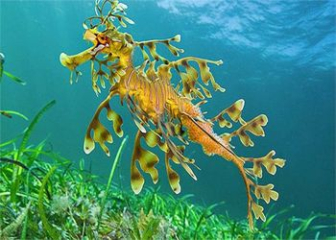
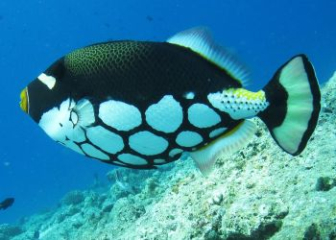
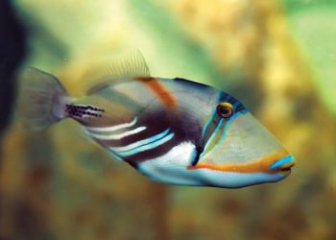
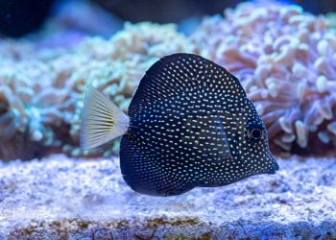
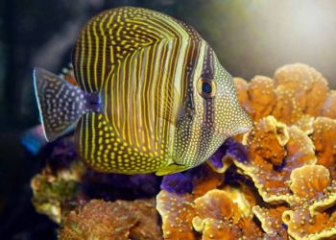
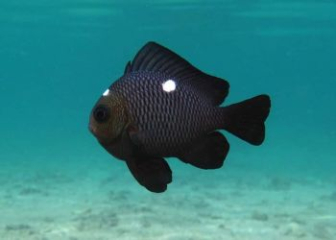
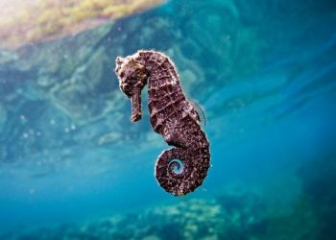






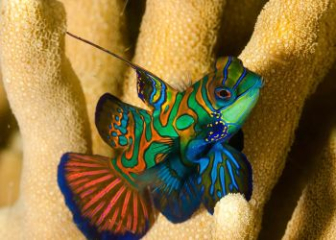

_350x250.jpg)


